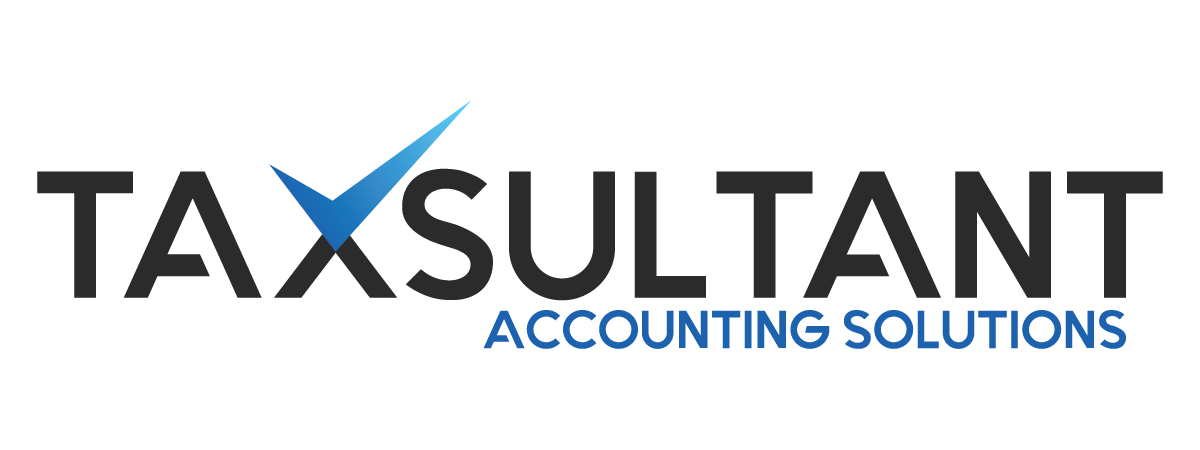ITR4 Filing
ITR-4, also known as the Sugam form, is an income tax return form prescribed by the Income Tax Department of India for individuals, Hindu Undivided Families (HUFs), and businesses that are eligible to file their return under the presumptive taxation scheme of Section 44ADA, Section 44AE, or Section 44AD of the Income Tax Act, 1961. This form is primarily designed for taxpayers with presumptive income from small businesses or professions, as it simplifies the filing process for them.
Who Should File ITR-4?
ITR-4 is for individuals, HUFs, and businesses that fulfill the following criteria:
Individuals and HUFs with Presumptive Income: Individuals and HUFs having income from business or profession that is eligible for the presumptive taxation scheme under Section 44AD, 44ADA, or 44AE.
Eligible for Section 44AD: Taxpayers running a small business (such as retail, manufacturing, or any other non-professional business) with a turnover of less than ₹2 crore in the financial year can opt for the presumptive taxation scheme under Section 44AD. The income is presumed to be 8% of the total turnover or gross receipts.
Eligible for Section 44ADA: This section is for professionals such as doctors, lawyers, engineers, architects, technical consultants, and other professionals whose gross receipts or turnover do not exceed ₹50 lakhs. Under Section 44ADA, 50% of the gross receipts or turnover is presumed as income.
Eligible for Section 44AE: This section applies to owners of goods vehicles who are engaged in the business of transport and whose income is calculated based on a presumptive basis (i.e., income is presumed to be a fixed amount per vehicle, regardless of actual income earned).
Income from Salary or Pension: Individuals who earn income from salary, pension, house property, other sources, and whose total income does not exceed ₹50 lakh, can file ITR-4, as long as the income is covered under the presumptive taxation schemes.
Partnership Firms with Presumptive Income: Partnership firms (other than LLPs) whose income is computed under the presumptive taxation scheme under Section 44AD or 44AE can use ITR-4.
Purpose of Filing ITR-4
The primary purpose of ITR-4 is to simplify the income tax filing process for individuals, HUFs, and businesses eligible for presumptive taxation. Instead of maintaining detailed records and getting their accounts audited, these taxpayers can declare their income based on a presumed percentage of their total turnover or gross receipts.
Easy Filing for Small Businesses: It allows businesses with a turnover of less than ₹2 crore to file tax returns without the need for extensive bookkeeping and audits.
Simplified for Professionals: For small-scale professionals with turnover less than ₹50 lakhs, ITR-4 simplifies the process by assuming 50% of the turnover as income.
Income from Transport Business: For owners of goods vehicles, it helps calculate and report income on a presumptive basis under Section 44AE.
Key Features of ITR-4
Presumptive Taxation: The key feature of ITR-4 is the presumptive taxation scheme under sections 44AD, 44ADA, and 44AE, which allows taxpayers to declare a percentage of their turnover or receipts as income, and pay tax accordingly.
Simplified Filing: ITR-4 is a simpler return form compared to regular ITR forms like ITR-3 or ITR-2, as it does not require detailed disclosures of books of accounts, and only basic information like turnover, income, and deductions is required.
Easy for Small Businesses and Professionals: For small businesses with turnover below ₹2 crore (under Section 44AD) and professionals with gross receipts under ₹50 lakh (under Section 44ADA), the form allows for easy and quick filing.
Inclusion of All Types of Income: The form allows taxpayers to report income from various sources, such as:
Business or profession (under presumptive taxation schemes).
Salary or pension.
House property.
Other sources (like interest or dividends).
Deduction under Section 80: Taxpayers can claim various deductions under Section 80 (such as 80C for PPF, LIC, etc., 80D for medical insurance, 80G for donations, etc.) in ITR-4.
Tax Calculation: The form calculates the tax payable after considering the income under the presumptive scheme and any deductions under Chapter VI-A (Sections 80C to 80U).
Documents Required for Filing ITR-4
To file ITR-4, the following documents and information are typically required:
Details of Income: Gross receipts or turnover from business or profession.
Details of salary or pension income.
Income from house property (rent, interest on house property).
Income from other sources, such as interest from savings accounts, fixed deposits, or dividends.
TDS Certificates (Form 16/16A): Any Tax Deducted at Source (TDS) from income received (e.g., salary, interest income) should be reported.
Bank Statements: Details of any income earned from savings accounts, fixed deposits, or other bank accounts must be provided.
Investment Proofs: Documents for deductions under Section 80 (e.g., investments in PPF, LIC, health insurance premiums, etc.).
Transport Business Details (if applicable): For individuals or businesses opting for Section 44AE (presumptive income for transport business), details of vehicles and income derived from their business should be provided.
Professional Receipts (if applicable): Gross receipts from professional services if the taxpayer is eligible under Section 44ADA.
How to File ITR-4
ITR-4 must be filed online through the Income Tax e-Filing Portal. The process is simple and involves the following steps:
Register/Login to the Income Tax Portal: If the taxpayer is not already registered, create an account on the Income Tax Department’s portal using the PAN.
Select ITR-4 Form: Choose ITR-4 from the list of available ITR forms on the portal.
Fill in the Form: Enter details about income, deductions, and other relevant information. Specifically, report the gross receipts or turnover and select the relevant presumptive taxation scheme (Section 44AD, 44ADA, or 44AE).
Claim Deductions: Provide the details of deductions under Section 80 and other applicable sections.
Submit the Form: After reviewing the filled-in form, submit it online.
E-Verification: The form must be e-verified using Aadhaar OTP, Digital Signature, or Electronic Verification Code (EVC).
Acknowledgment: After successful submission, an acknowledgment (ITR-V) will be generated, which should be saved for reference.
Due Date for Filing ITR-4
The due date for filing ITR-4 is typically 31st July of the assessment year. However, this may be extended by the Income Tax Department, especially in exceptional circumstances.
Penalties for Non-Compliance
Failure to file ITR-4 on time may lead to:
Late Filing Fees: Under Section 234F, a late fee of ₹5,000 may be charged for filing after the due date (₹1,000 if the income is below ₹5 lakh).
Interest: If there is any tax due, interest will be charged under Section 234A, 234B, or 234C.
Denial of Deductions: Certain deductions or benefits may be denied if the return is not filed on time.
Conclusion
ITR-4 is a simplified income tax return form for individuals, HUFs, and small businesses or professionals who qualify under the presumptive taxation schemes (Section 44AD, 44ADA, and 44AE). It helps taxpayers file their returns easily without the need for detailed bookkeeping or audits, provided they meet the criteria. Proper and timely filing of ITR-4 ensures that taxpayers fulfill their tax obligations and avoid penalties.

